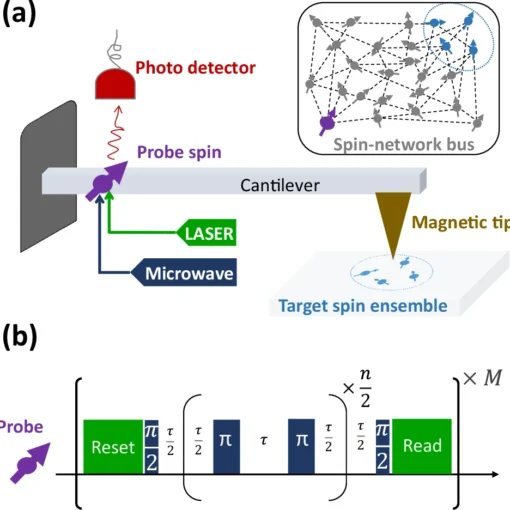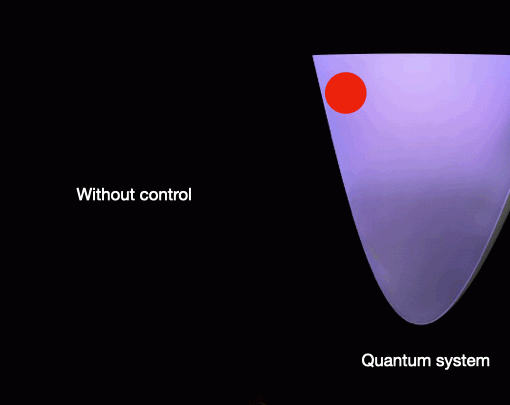
Cooling Quantum Systems: A Breakthrough in Hybrid Architecture
A groundbreaking quantum cooling protocol demonstrates how a macroscopic oscillator can mediate between a single-probe spin and a spin ensemble, achieving ground-state cooling through weak dispersive coupling and measurement feedback, with promising applications in quantum technology and remote sensing.

